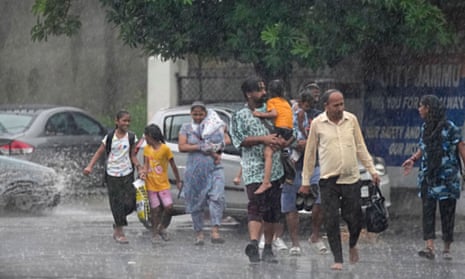A hundred years ago, a piece in Nature magazine for January 1924 considered the prospects for weather forecasting. Predictions were getting steadily better, so it was worth asking whether forecasts could be made months in advance. A particular focus was the timing and intensity of the all-important monsoon season in India.
At the time, some still believed that the differences from year to year were caused by variations in solar output and there were efforts to forecast temperatures based on sunspot activity. But new instruments now showed that the sun was constant. The biggest influence on weather was the previous weather. The challenge was finding mathematical tools to model the evolution of weather systems as they travelled around the globe.
Weather sensors and calculation machinery gradually improved. But in 1961, the American meteorologist Edward Lorenz discovered his famous “butterfly effect”, which means that a tiny variation in initial conditions produces completely different weather a few weeks later. Even now five-day weather forecasts are about 90% accurate, but 10-day forecasts are more like 50%. Anything beyond that becomes speculative.
The Met Office and others do now issue long-term forecasts, but these give probabilities rather than making exact predictions. And the scientists of 1924 would be delighted to know that there is even a forecast for the Indian monsoon.

Comments (…)
Sign in or create your Guardian account to join the discussion